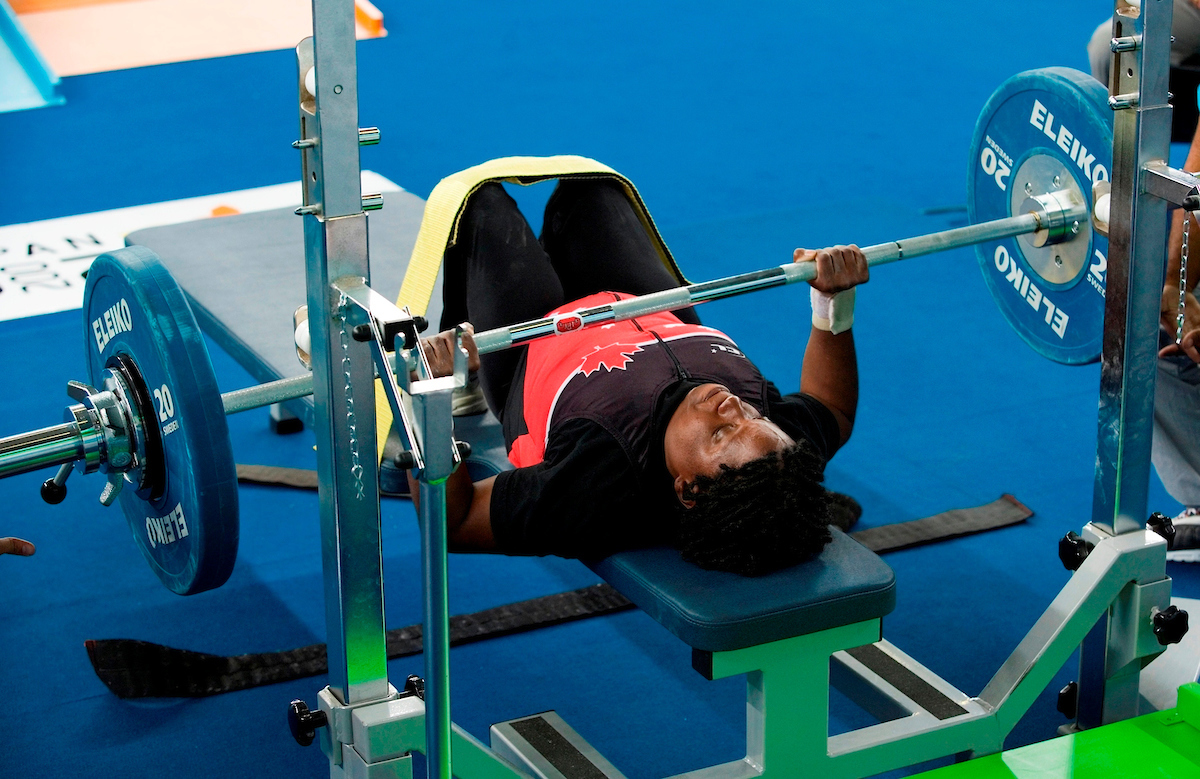
Para powerlifting
Summer Sports
Para Powerlifting is the ultimate test of upper body strength. In Paralympic powerlifting the athletes compete in the bench press.
The objective for each athlete is to lift the most kilograms. Lifters are required to lie on an official bench with their head and body (including buttocks) in contact with the bench, and their legs and both heels extended throughout the complete lift. Athletes must lower the bar to their chest. Once the bar is motionless on the chest the athlete presses upward, straightening arms and holds the bar motionless with elbows locked until signalled by the referee to rack the bar. Athletes are given three attempts in a competition; their performance is assessed by three referees. Weight increases for the second and third attempts must be in multiples of 1 kg; the only exception to this is when a new record is attempted, then the increases may be 0.5 kg. The heaviest “good lift” (within the weight class) is used for final placing in the competition.
Powerlifting has been on the Paralympic Games program since 1984. Canada has won three silver medals at the Games: Michael Johnson in 1988 and Al Slater and Gino Vendetti in 1984.
World Para Powerlifting Organization (WPPO), under the governance of IPC, acts as the international federation for the sport.
Para Powerlifting is open to male and female athletes with 8 eligible physical impairments. Athletes must have a physical impairment in their lower limbs or hips which would prohibit them from competing in able-bodied (standing) powerlifting. Athletes compete in one sport class across 10 different weight classes per gender. For safety reasons, athletes must adhere to sport technical rules such as being able to independently grip the bar and lift it using full upper limb extension.
"*" indicates required fields